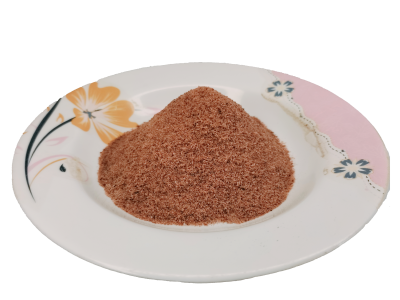
edible salt chemical formula
Edible salt, commonly referred to as table salt, is a crucial ingredient in daily cooking and food preservation. It is not just valued for its flavor-enhancing properties, but also for its vital role in maintaining human health. Salt’s chemical structure is simple, yet its benefits and applications are vast. This guide explores the chemical formula of edible salt, its various types, production methods, health benefits, and more.
Algohar World natural salt lamps that are believed to provide various benefits, combining both the aesthetic appeal and the potential health advantages associated with Himalayan salt lamps.
Edible salt formula
Edible salt, in its most common form, is sodium chloride. Sodium chloride (NaCl) is the chemical compound that constitutes about 97% to 99% of most commercially available table salt. Here’s a breakdown of the chemical structure:
The Formula: NaCl
Sodium (Na)
Sodium is an alkali metal with the atomic number 11. It is a soft, highly reactive element that, when combined with chlorine, forms a stable salt compound. Sodium ions (Na⁺) play a critical role in nerve function and fluid balance in the body.
Chlorine (Cl)
Chlorine is a halogen with the atomic number 17. In its natural state, chlorine is a toxic gas, but when it forms an ionic bond with sodium, it becomes safe for consumption. Chloride ions (Cl⁻) are essential for maintaining acid-base balance and proper muscle function.
Sodium and chloride combine in a 1:1 ratio to form NaCl, or sodium chloride, which is the primary component of what we recognize as salt.
How NaCl Is Formed
Sodium chloride forms through the ionic bonding of sodium and chlorine atoms. Sodium (a metal) donates an electron to chlorine (a non-metal), resulting in a positive sodium ion (Na⁺) and a negative chloride ion (Cl⁻). This exchange creates a stable bond due to the attraction of oppositely charged ions, resulting in a crystalline structure.
Types of Edible Salt
Though table salt is primarily sodium chloride, several other types of edible salt exist, each with distinct characteristics, mineral content, and flavor profiles. Let’s explore the different types of salt and their unique compositions.
Note: The edible salt chemical formula NaCl, is fundamental to a wide array of biological, culinary, and industrial functions.
Table Salt
Table salt is the most common type of salt used in households. It is highly refined and often contains anti-caking agents to prevent clumping. Some table salts are iodized, meaning iodine is added to help prevent iodine deficiency in populations.
Sea Salt
Sea salt is harvested from evaporated seawater. It is less processed than table salt and retains trace minerals such as magnesium, calcium, and potassium, which can add subtle flavors and colors to the salt.
Kosher Salt
Kosher salt is a large-grained, coarse salt traditionally used in Jewish cuisine to remove blood from meat in the koshering process. It does not typically contain additives like iodine or anti-caking agents.
Himalayan Pink Salt
Himalayan pink salt is a type of rock salt mined from the Khewra Salt Mine in Pakistan. It is rich in trace minerals, which give it a pink hue. Its mineral content is often promoted for various health benefits, though these claims are still debated.
Production Methods of Edible Salt
Salt production has been practiced for centuries, with methods evolving to meet the growing demand for this essential mineral. There are several ways to produce edible salt, and each method yields a slightly different product in terms of texture, purity, and mineral content.
Evaporation of Seawater
One of the oldest and most natural methods of salt production involves evaporating seawater. This process is still used today in coastal regions where salt pans or evaporation ponds are created to collect seawater, which is then allowed to evaporate naturally under the sun.
Mining Rock Salt
Rock salt, also known as halite, is extracted from underground salt deposits that were formed from ancient seas that have long since evaporated. The salt is either mined using traditional mining methods or extracted through solution mining.
Conclusion
Salt is an essential component of human health, with its primary ingredient, sodium chloride (NaCl), playing a crucial role in regulating bodily functions such as nerve transmission, muscle contraction, and fluid balance. With various types available, including table salt, sea salt, and Himalayan pink salt, it’s important to choose the right kind based on your culinary needs and health goals. While salt provides essential benefits, moderation is key to avoiding potential health risks like high blood pressure and kidney strain. Understanding the chemical structure of edible salt and its effects on the body can help you make informed dietary choices.





Leave Your Comment